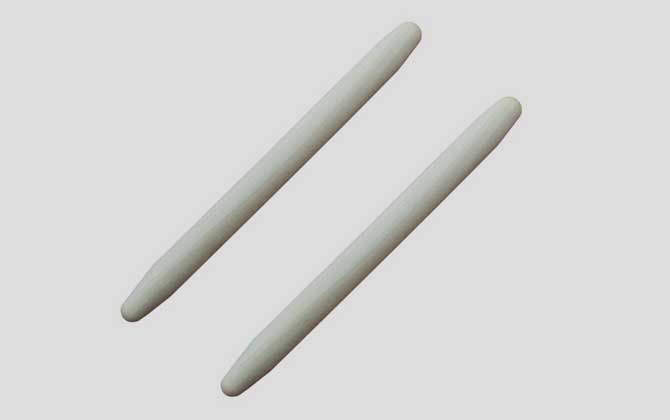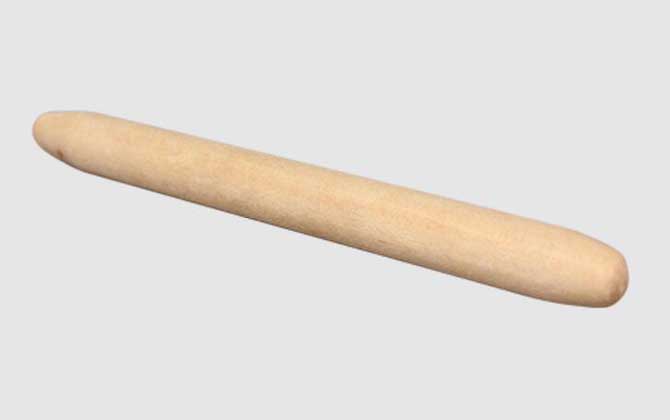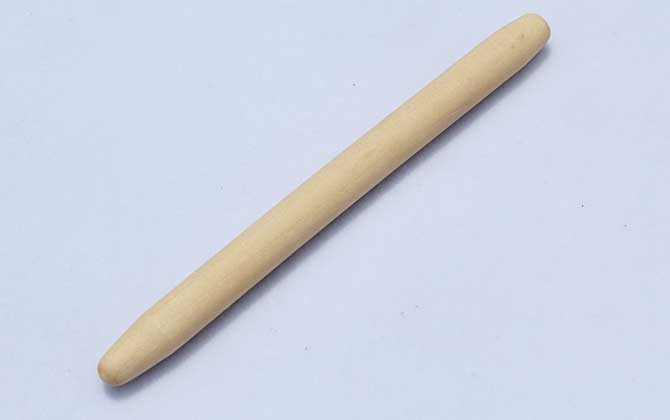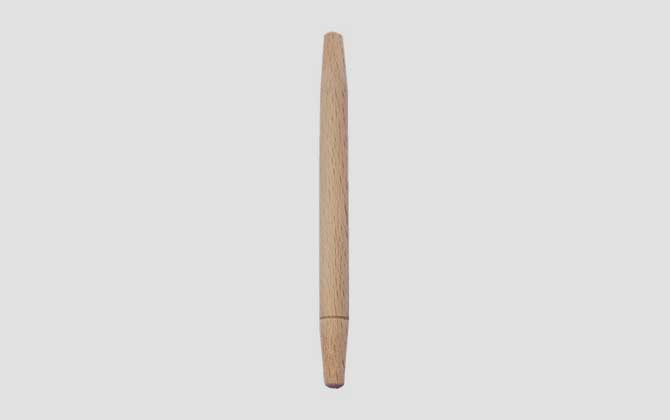The Queen Rearing Stick: A Comprehensive Guide for Beekeepers
Definition and Overview
The queen rearing stick is a specialized tool in apiculture, traditionally crafted from dense, durable hardwoods like beech or maple. This essential implement serves to mold melted beeswax into artificial queen cells (known as “artificial queen cups”), which form the foundation for controlled queen breeding programs. Variations exist to accommodate different honeybee subspecies: Chinese honeybee (Apis cerana) sticks, Western honeybee (Apis mellifera) sticks, and dual-purpose models featuring different-sized ends for both species.

Key Functions
While not as frequently used as foundation sheets or queen excluders, the queen rearing stick plays crucial roles in:
- Creating standardized artificial queen cells
- Facilitating controlled queen rearing programs
- Maintaining genetic lines through selective breeding
- Enabling emergency queen replacement in colonies
Modern alternatives include pre-formed plastic queen cups, but traditional wax modeling remains preferred for its natural acceptance by colonies. Critical specification differences exist between sticks for different subspecies – Apis cerana tools (6-8mm diameter) cannot substitute Apis mellifera models (8-10mm).

Design Principles
This precision tool replicates the exact dimensions of natural queen cells through:
- Biomimetic engineering based on wild colony measurements
- Conical shaping from rounded tip to handle (6-10mm diameter range)
- Surface texturing mimicking natural wax deposition patterns
The design process involves detailed study of natural emergency queen cells, which worker bees build vertically with distinct size progression from base to opening.

Technical Specifications by Subspecies
| Type | Base Diameter | Mid-Point Diameter | Application |
|---|---|---|---|
| Apis cerana Stick | 6mm | 8mm | Asian honeybee colonies |
| Apis mellifera Stick | 8mm | 10mm | European honeybee colonies |
| Dual-Purpose Model | 6mm/8mm | 8mm/10mm | Mixed apiary operations |

Step-by-Step Usage Guide
1. Wax Preparation
Use pure beeswax melted at 62-65°C (143-149°F) for optimal plasticity. Pro tip: Add 5% propolis for improved cell acceptance rate.
2. Molding Process
- Pre-cool stick in water (15-18°C)
- Dip vertically into molten wax for 3 seconds
- Air-cool for 10 seconds between dips
- Repeat 4-5 times with decreasing depth
- Twist gently to release formed cup
3. Colony Modification
Install artificial cells in:
- Strong donor colonies for wax refinement
- Queenless starter colonies for emergency response
- Finishing colonies for larval feeding
Allow 18-24 hours for workers to polish and condition cells before grafting larvae.

Maintenance Tips
- Season wooden sticks with beeswax annually
- Store in dry conditions to prevent warping
- Disinfect with 70% ethanol between uses
- Check diameter tolerances yearly with calipers